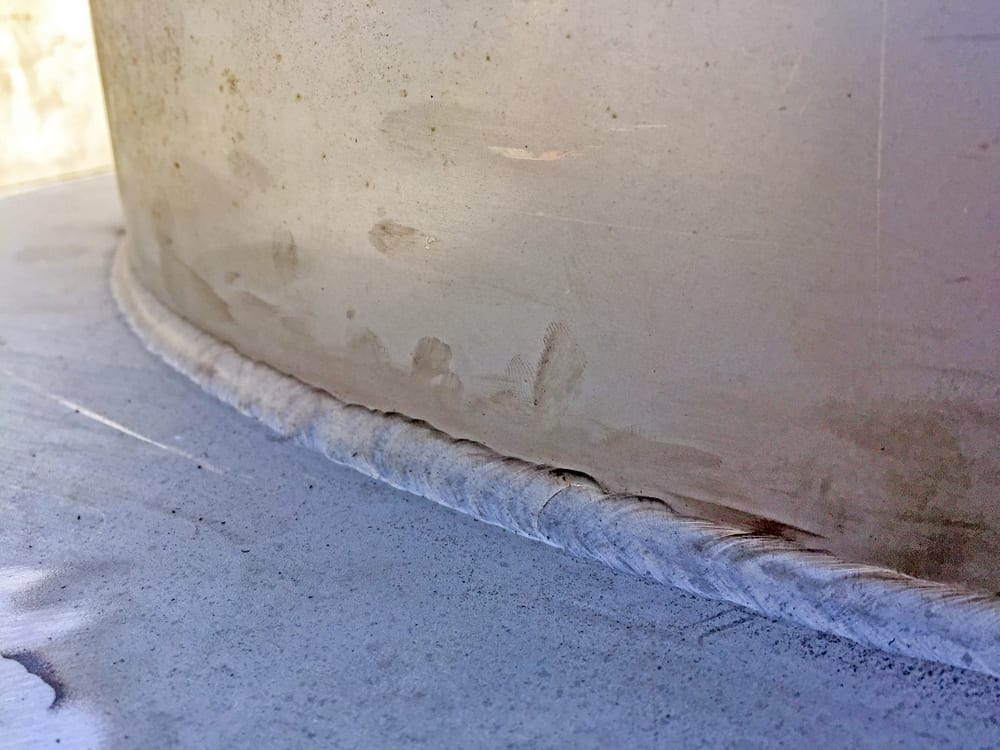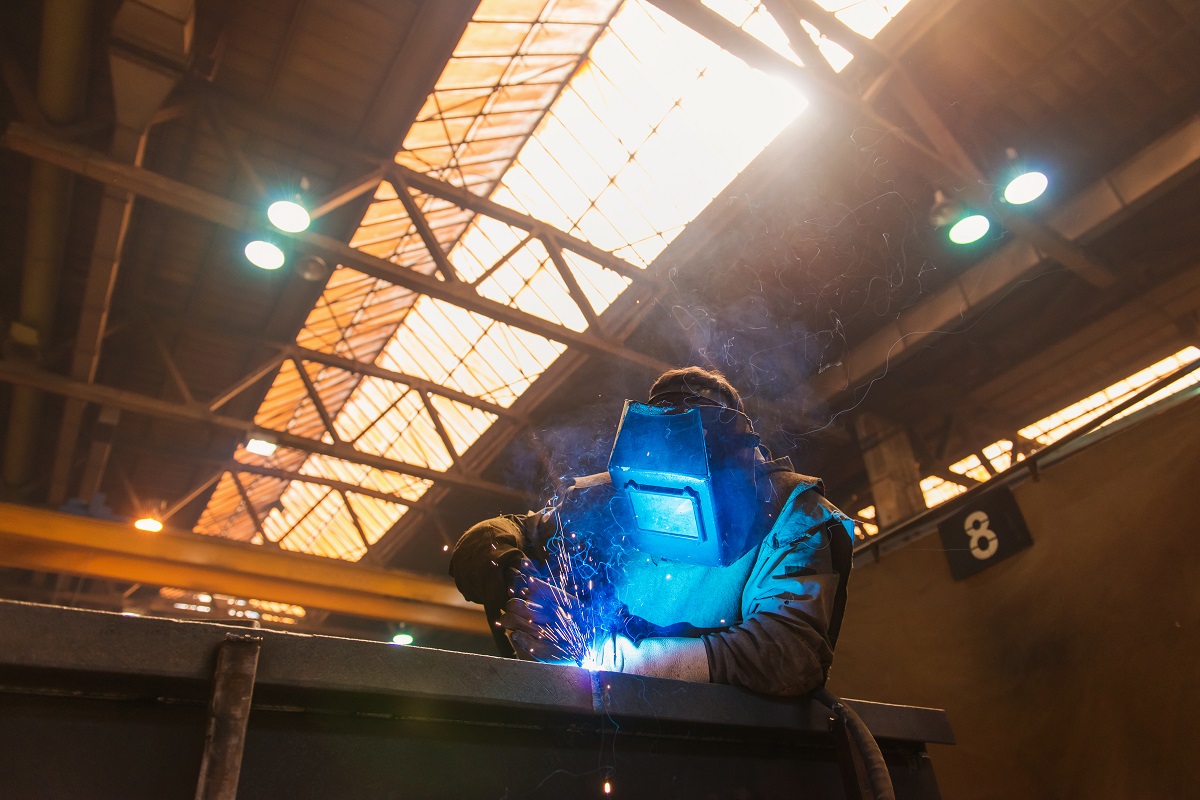Reliable Ways to Prevent Weld Undercut in Your Welding Jobs
Reliable Ways to Prevent Weld Undercut in Your Welding Jobs
Blog Article
Mastering the Art of Welding: Exactly How to Stay Clear Of Undercut Welding Issues for Flawless Construction Results
Efficiency and accuracy are paramount in the globe of welding, where also the smallest flaw can compromise the architectural honesty of a fabricated item. One typical challenge that welders face is undercutting, an issue that can compromise a weld joint and lead to pricey rework. By comprehending the origin of undercut welding and implementing effective techniques to stop it, welders can boost their craft to brand-new levels of excellence (Preventing weld undercut). In the pursuit of flawless construction outcomes, understanding the art of welding to avoid undercut issues is not just an ability yet a necessity for those aiming for perfection in their job.
Understanding Undercut Welding

To stop undercut welding, welders should make certain correct welding specifications, such as readjusting the current, voltage, traveling speed, and preserving the right electrode angle. Additionally, making use of the appropriate welding method for the specific joint setup is crucial. Utilizing weaving activities or backstepping techniques can assist make certain proper weld steel deposition and lower the likelihood of undercut formation. Normal inspection of welds throughout and after the welding process is likewise crucial to catch any type of undercut very early and make essential modifications to stop more defects. Preventing weld undercut. By comprehending the sources of undercut welding and executing safety nets, welders can attain premium, structurally audio welds.
Root Causes Of Undercut in Welding
Understanding the aspects that add to damage in welding is necessary for welders to produce top notch, structurally sound welds. Insufficient welding incorrect or current welding rate can likewise add to undercut. Recognizing these causes and carrying out correct welding techniques can assist stop undercutting problems, making certain strong and resilient welds.
Strategies to Avoid Undercutting

To reduce the threat of damaging in welding, welders can use strategic welding methods intended at boosting the top quality and integrity of the weld joints. One effective technique is to change the welding parameters, such as voltage, read the full info here present, and take a trip rate, to make certain correct heat input and deposition. Preserving an appropriate electrode angle and making certain regular traveling rate can likewise aid protect against undercut. In addition, making use of the correct welding technique for the specific joint arrangement, such as weave or stringer beads, can add to reducing undercutting. Preventing weld undercut.
Using back-step welding techniques and regulating the weld bead account can also assist disperse warm uniformly and minimize the danger of undercut. Normal inspection of the weld joint throughout and after welding, as well as implementing quality guarantee actions, can aid in identifying and dealing with undercutting problems without delay.
Significance of Appropriate Welding Criteria
Selecting and preserving proper welding parameters is crucial for achieving effective welds with very little defects. Welding criteria describe variables such as voltage, current, travel speed, electrode angle, and securing gas flow rate that directly affect the welding procedure. These criteria must be thoroughly changed based upon the kind of product being bonded, its density, and the welding strategy used.
Proper welding parameters guarantee the best amount of warm is put on thaw the base metals and filler material consistently. If the specifications are set expensive, it can cause extreme warm input, triggering distortion, burn-through, or spatter. On the other hand, if the parameters are also reduced, insufficient blend, absence of infiltration, or undercutting may happen.
Top Quality Guarantee in Welding Procedures

Conclusion
To conclude, understanding the art of welding needs a complete understanding of undercut company website welding, its causes, and have a peek at these guys techniques to stop it. By making sure proper welding criteria and carrying out quality control methods, remarkable manufacture results can be attained. It is necessary for welders to regularly strive for quality in their welding procedures to prevent undercut issues and create top quality welds.
Undercut welding, an usual flaw in welding procedures, happens when the weld metal doesn't properly fill the groove and leaves a groove or depression along the welded joint.To avoid undercut welding, welders should make sure proper welding specifications, such as adjusting the present, voltage, traveling speed, and maintaining the correct electrode angle. Insufficient welding current or inaccurate welding speed can additionally contribute to undercut.To minimize the risk of damaging in welding, welders can utilize tactical welding methods intended at enhancing the high quality and honesty of the weld joints.In conclusion, mastering the art of welding needs a comprehensive understanding of undercut welding, its reasons, and strategies to prevent it.
Report this page